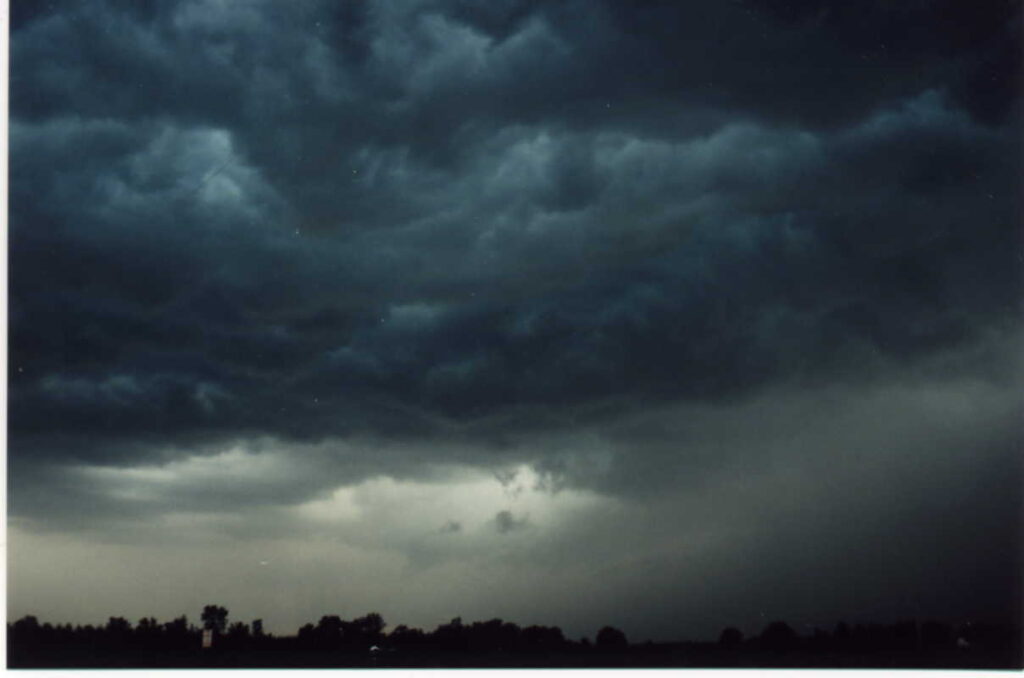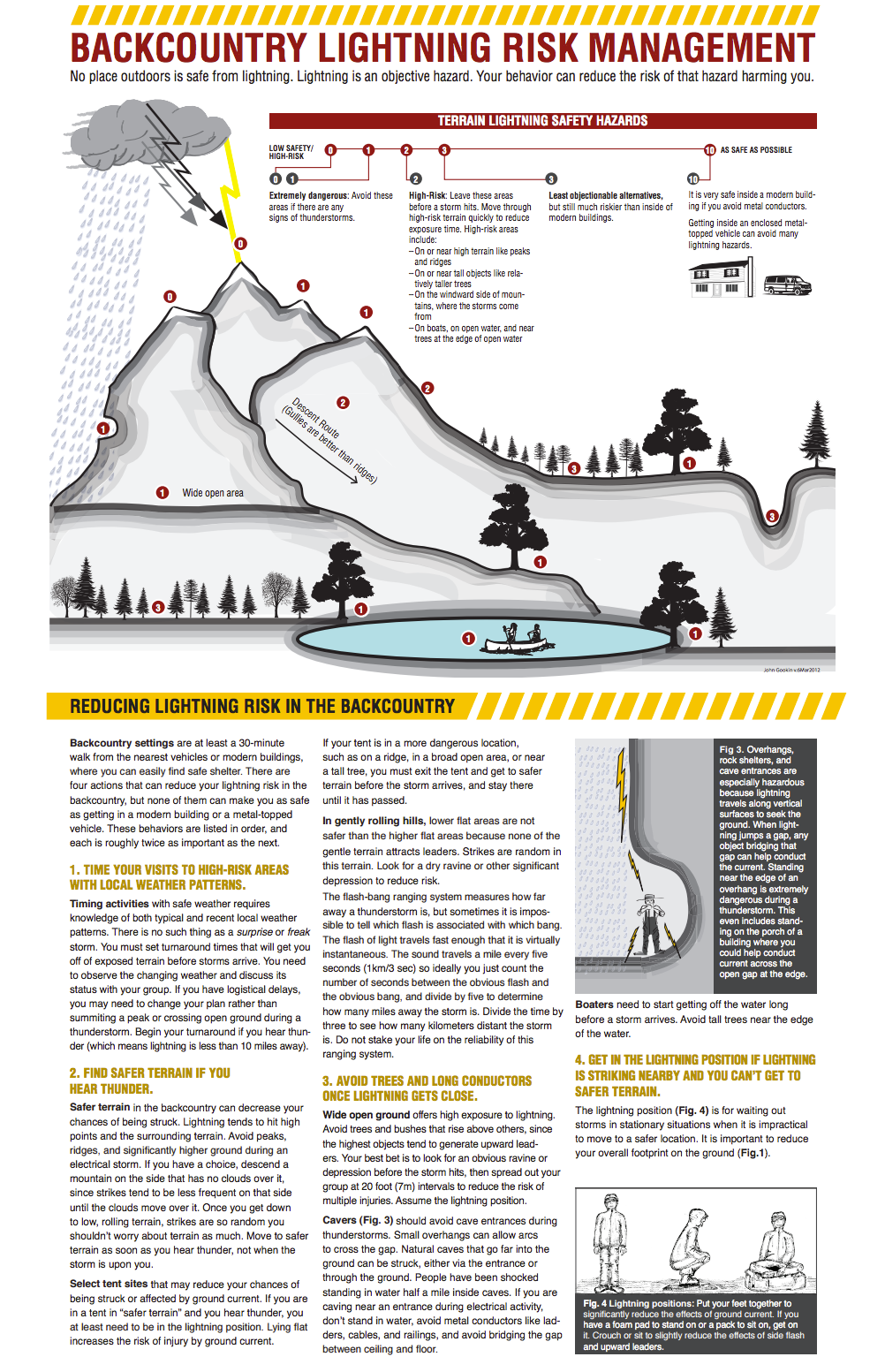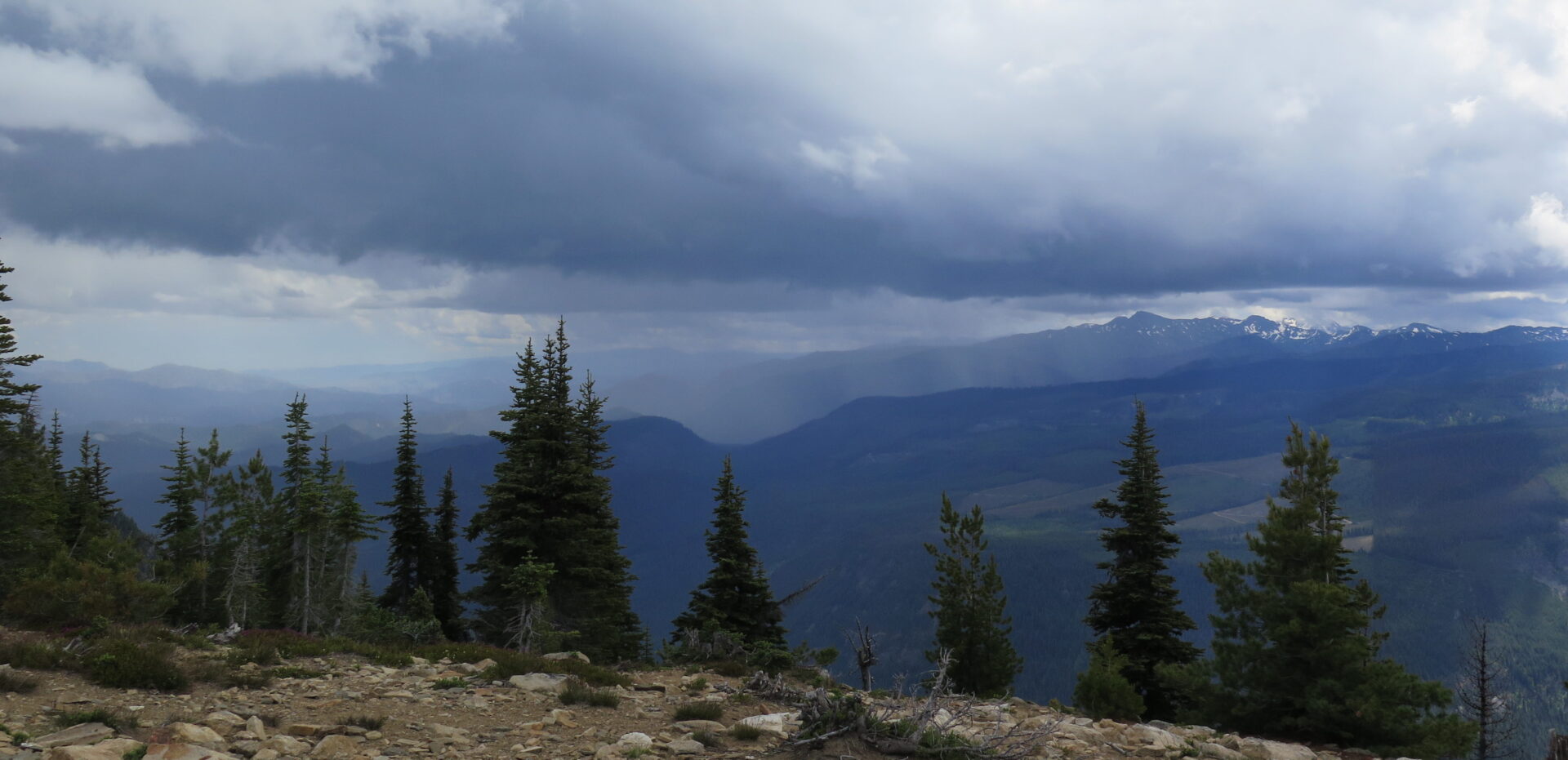Although Western Washington doesn’t typically receive a lot of severe weather, other parts of the state certainly can and the mountains are no strangers to storms. This time of year the Cascades are quite capable of firing up afternoon thunderboomers. If you’re an outdoor adventurer, you should definitely take the time to educate yourself and know fact from fiction when it comes to thunderstorm and lightning safety.
Growing up in Indiana, I’ve witnessed a lot of severe weather and powerful storms. Weather has always been a fascination and hobby of mine and in college I did some storm chasing and volunteer work as a SkyWarn Weather Spotter. It was a fun gig that taught me a lot about severe weather, including what to do in lightning storms. Little did I know that on a hike to Alpine Lookout back in July of 2016 my brain would have to recall a whole lot of that information, mostly due to my own dumb mistakes!

The best way to stay safe from lightning? Don’t put yourself in it! The only good shelter from a lightning storm is a significant, closed shelter. Rain shelters, sheds, or outhouses provide zero protection and an exposed ridge is the worst possible place to be. If you do find yourself outside during a storm, there really aren’t any safe places to be, but there are ways to mitigate your risk.
Tips for Lightning Safety
Hike early. Plan an exposed, ridge line hike for another day or be off exposed terrain and mountain tops by noon.
Get to safety before you need to. As I was reminded yesterday, conditions change fast. If you can hear thunder, you’re already at risk. Lightning can travel up to 10 miles horizontally. If you see lightning, signs of rain, or dark underbellies forming in clouds, turn around and descend to a lower elevation immediately.
Don’t be the tallest object in the area. In a forested area, look for a small group of trees surrounded by larger trees or a dry, low area like a ravine or depression. Avoid tall lone trees or objects. In an open area, look for a dry, low-lying spot and become the smallest target possible.
Don’t seek out caves or overhangs. I know it seems logical to hide inside a cave, but lightning travels along vertical surfaces. If it jumps a gap, any object bridging that gap can conduct the current. Caves and overhangs are extremely dangerous in lightning storms.
Stay away from metal objects. Get away from metal fences or power lines. Get rid of ice axes, climbing equipment, and metal trekking poles.
Stay away from water. Water is an excellent conductor of electricity. Stay away from wet climbing ropes, puddles on the trail, or bodies of water.
Spread out your group. If you’re with a group of people, everyone should spread out a minimum of 20 feet so that multiple people aren’t affected by one strike. If someone is struck, others can provide assistance.
Get in a lightning stance. Don’t lie down! Most lightning strike injuries are caused by ground current from a nearby strike. Squat down on the balls of your feet and keep your feet together. Minimize your contact with the ground. Watch the video below for some fascinating information about ground current and how minimizing your ground contact can reduce your risk.
Lightning Resources
According to the National Atmospheric and Oceanic Administration (NOAA), lightning strikes the US about 25 million times per year. An average of 49 people are killed by lightning each year and hundreds more are severely injured. Most lightning injuries are caused by ground current rather than direct strikes. NOAA has a webpage that illustrates the 5 ways people are struck by lightning as well as common lightning myths.
Did you know that although your chance of being hit by lightning in any given year is almost 1 in a million, over a lifetime those odds drop to 1 in 10,000? Best not to tempt fate don’t you think?

If you happen to be a weather geek such as myself, Cliff Mass is always a great resource about the science behind things and he wrote an article about 2016’s Cascade thunderstorms.
The video below is one of the best I’ve seen for debunking lightning myths. It’s fascinating, funny, and has some great information and tips about ground conduction and lightning safety.
Learn from my bad example… fire lookouts can wait for sunny days. Happy hiking everyone and stay safe out there! The mountain will always be there for another day!
